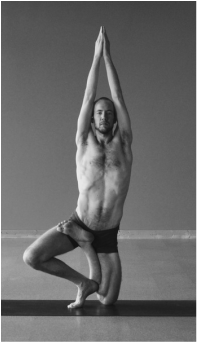|
My own practice turns away from the strictly physical and toward the breath and mind. My physical practice is deepening and refining, turning toward cleansing kriyas and longer seated periods. This transition in my own focus is creating friction in my teaching.
How do I direct the students in exercises that I have moved past? How do I understand and inspire the students, guiding them clearly down the path that they need? How do I see their path when my path is so different? How do I relate to the students who are focused primarily on the physical benefits of asana practice? In elaborating these questions, it strikes me that my own progress need not make me a confounding teacher. Quite the contrary, it should make me a clearer one, as long as I keep focused on each student and their individual needs. My widening perspective and experience can make me a more effective and versatile guide. I have to remember that the purpose of the teacher is to serve the student, not to press my own views and practices upon anyone who will listen. Teaching is not a position of power but one of service.
0 Comments
Leave a Reply. |
This journal honors my ongoing experience with the practice, study and teaching of yoga.
My FavoritesPopular Posts1) Sridaiva Yoga: Good Intention But Imbalanced
2) Understanding Chair Posture 2) Why I Don't Use Sanskrit or Say Namaste 3) The Meaningless Drudgery of Physical Yoga 5) Beyond Bikram: Why This Is a Great Time For Ghosh Yoga Categories
All
Archives
November 2017
|


 RSS Feed
RSS Feed